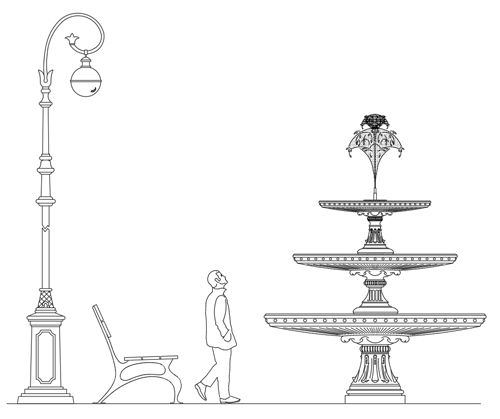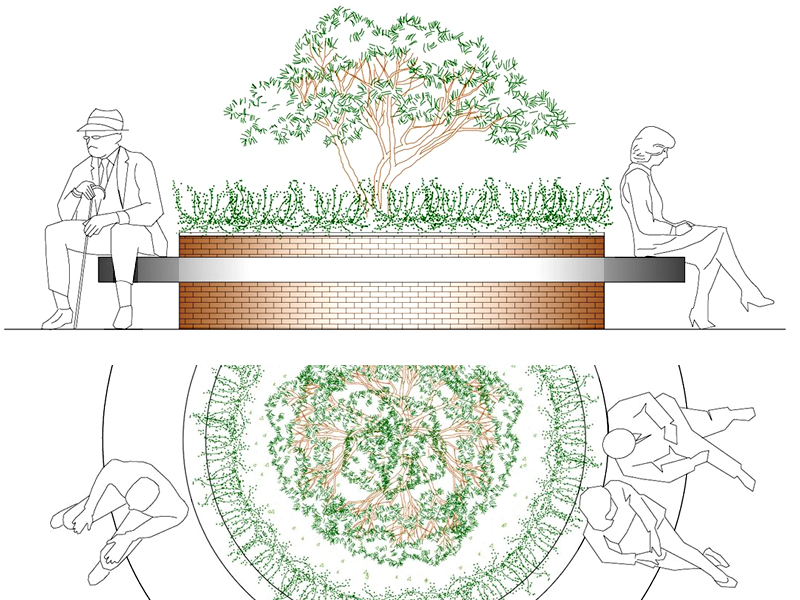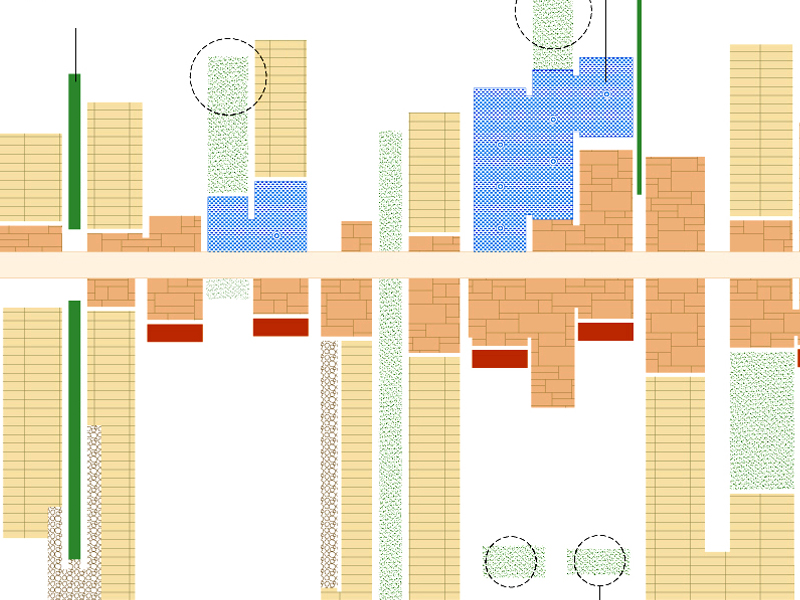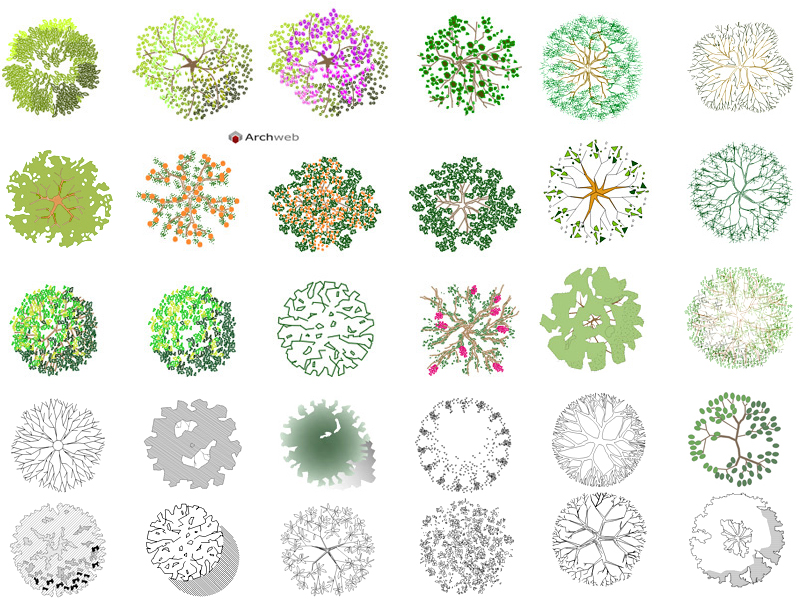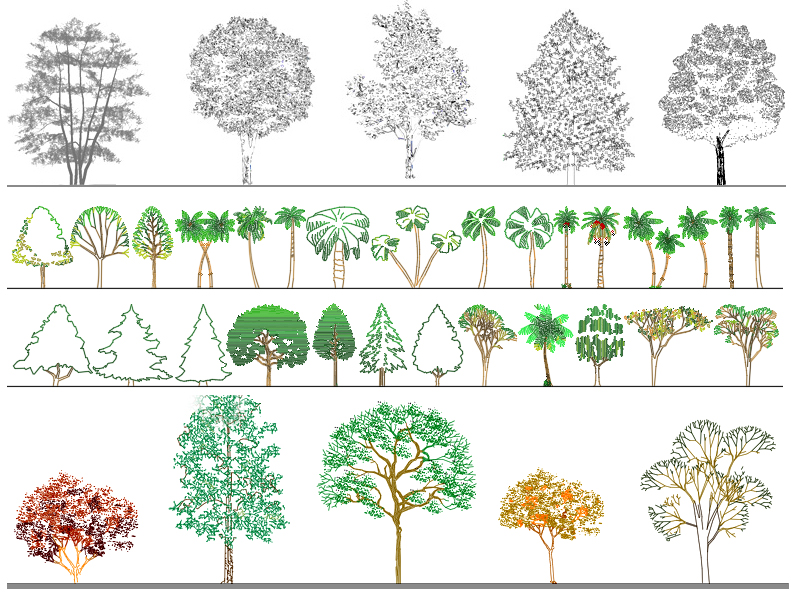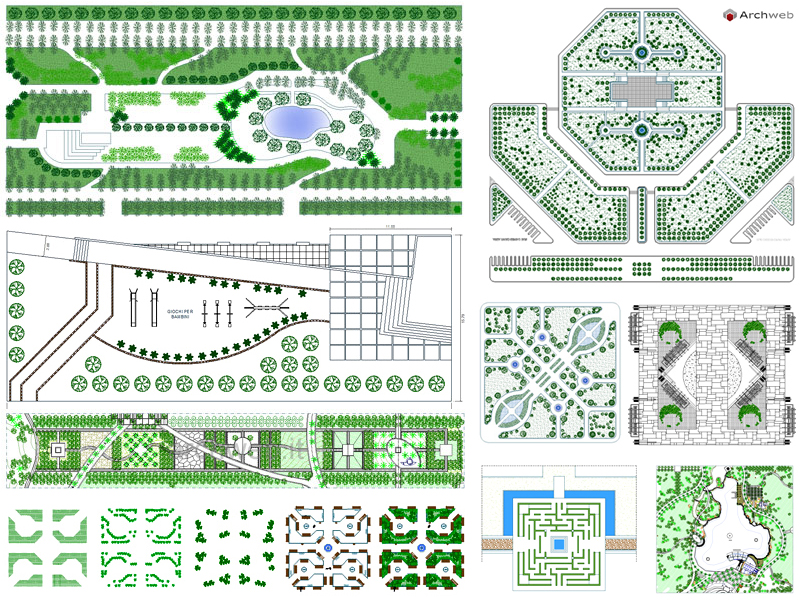The planter
Green insert in the urban environment
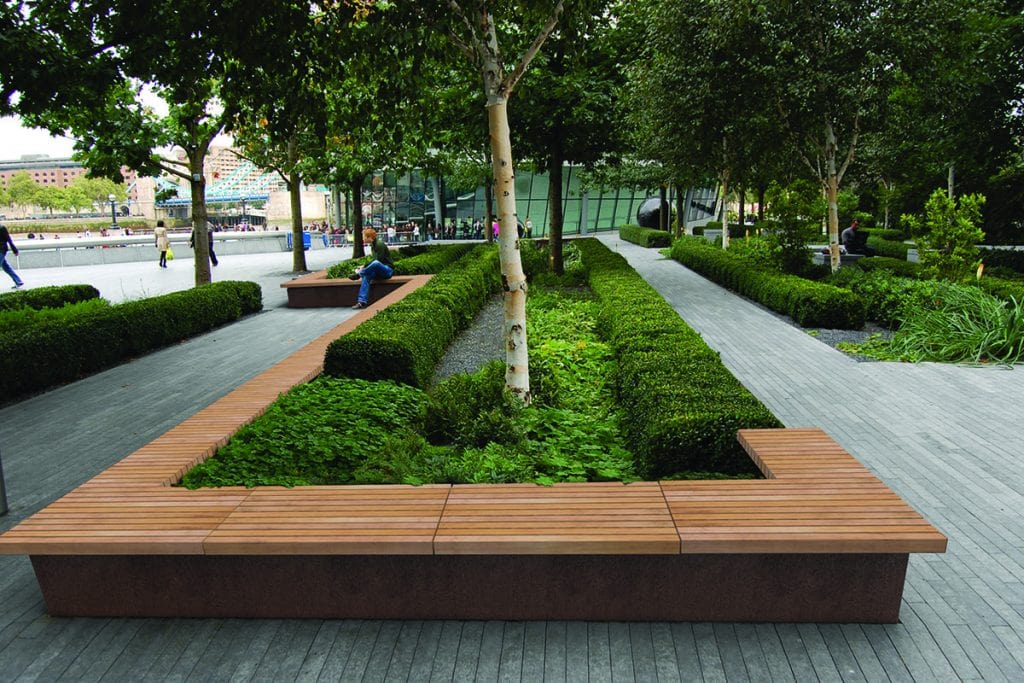
The planter is today an integral part of urban spaces: the most common are the round concrete planters or those with seats even if today’s market offers increasingly innovative products. Designed to increase the aesthetic value of city squares and streets, over time the planters have assumed a functional value linked to respect for the environment and the improvement of atmospheric quality. This element of street furniture is considered increasingly important and for this reason, it is sometimes designed in relation to the context and the needs of the specific place.
Now let’s see what are the main characteristics and types of planters illustrated in the following guide.
Advantages of the planter
Introduced in order to make the urban environment more aesthetically pleasing, the planters allow urban scenarios to be equipped with a green insert, where overbuilding has taken over. In addition, through the green and floral species, cities gain a marked improvement in atmospheric terms: in fact, thanks to vegetation, the amount of CO2 present in the air decreases and that of oxygen increases. It is therefore evident that the lower the level of pollution, the better the quality of the air and the health of the citizen.
Depending on the context in which the planters will be placed, it is good to consider the characteristics relating to the level of transpiration of the soil present in them, the materials that make up the pots and the resistance of the surfaces exposed to external agents. In order to obtain a good overall result, the colors and shapes must be defined on the basis of an urban project that ensures consistency between the parts and with the surrounding environment. Only in this way will the presence of the planter and other furnishing components improve the appearance and performance of public spaces. It is a methodology aimed at creating spaces on a human scale, able to give vitality to the urban environment and improve the user experience within the scenario that he experiences every day.
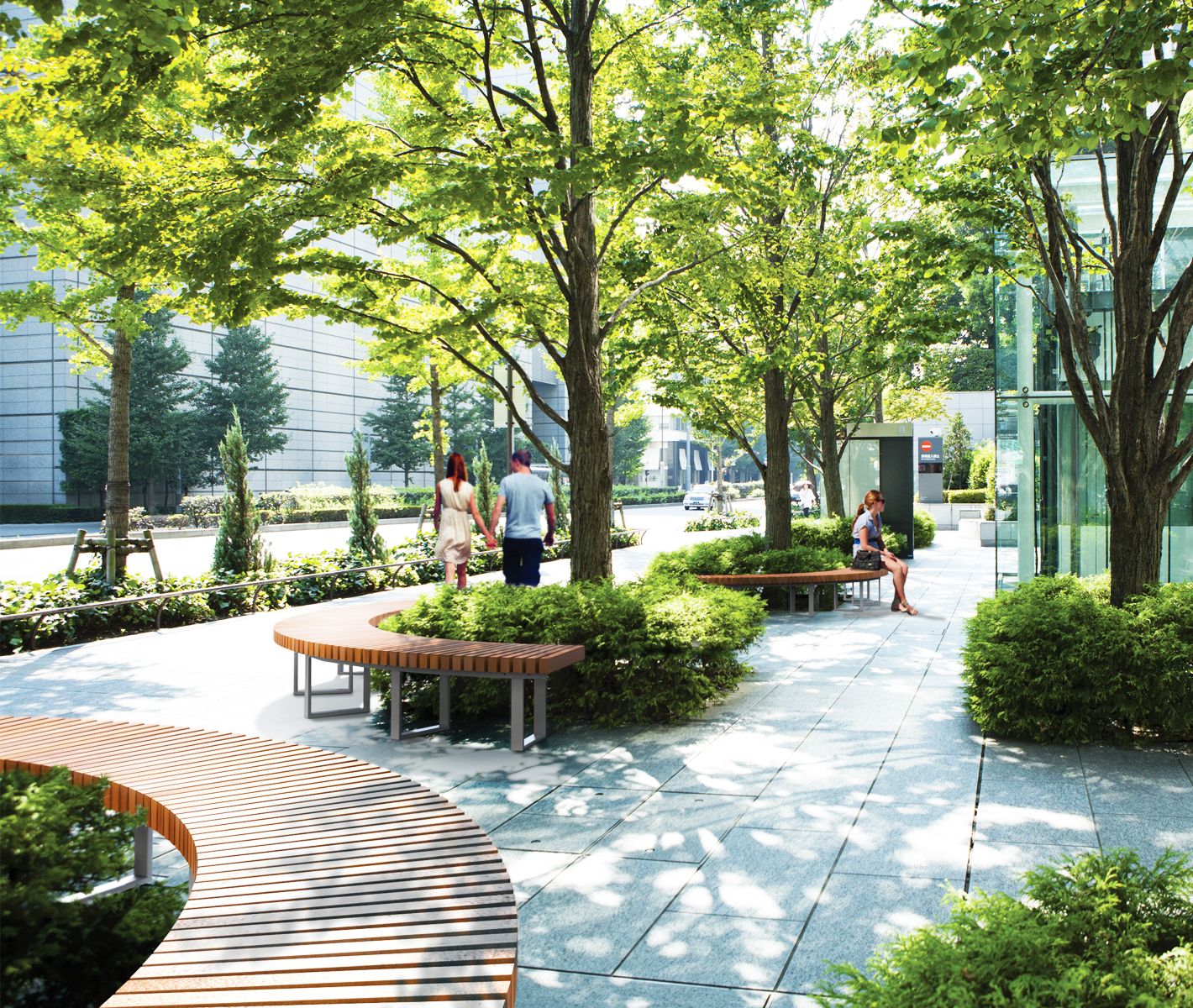
For example, in an area where a high flow of users is expected, the planter may also include a seating space or an additional element designed to provide a specific service. On the contrary, if it is a question of spaces intended to improve the aesthetics of the context, the planter will have to be treated in particular from the point of view of the plant and floral species it will host.
A variation of the classic planter, inserted inside the cities, is represented by the grids for the trees. Often, it is found along the courses and pedestrian walkways, where the need arises to align and space shrubs of substantial size. However, they may also be needed in squares and open spaces, where the trees are inserted according to a precise design. In both cases, the grids are made of metal materials, such as steel and iron sheet, they are shock-resistant, water-repellent and, thanks to specific treatments, do not rust. The empty spaces allow rainwater to filter and be captured by the surrounding land, making the large asphalted or paved surfaces more permeable. Sometimes, integrated LEDs or spotlights are inserted inside the grids, in order to create special scenic effects during the evening hours.
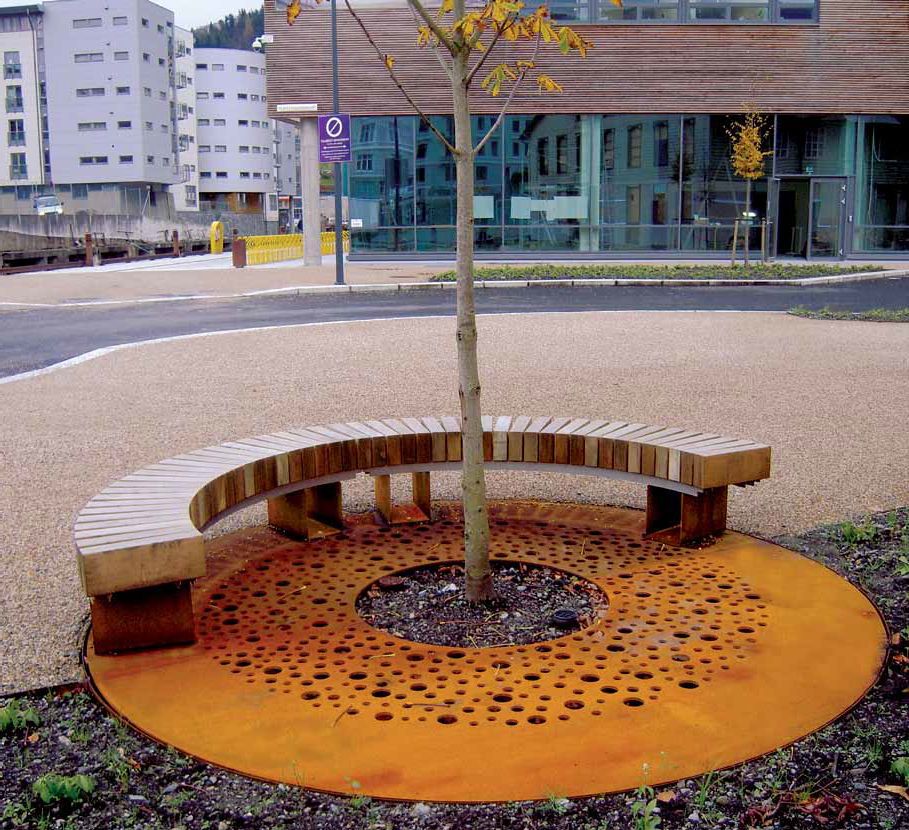
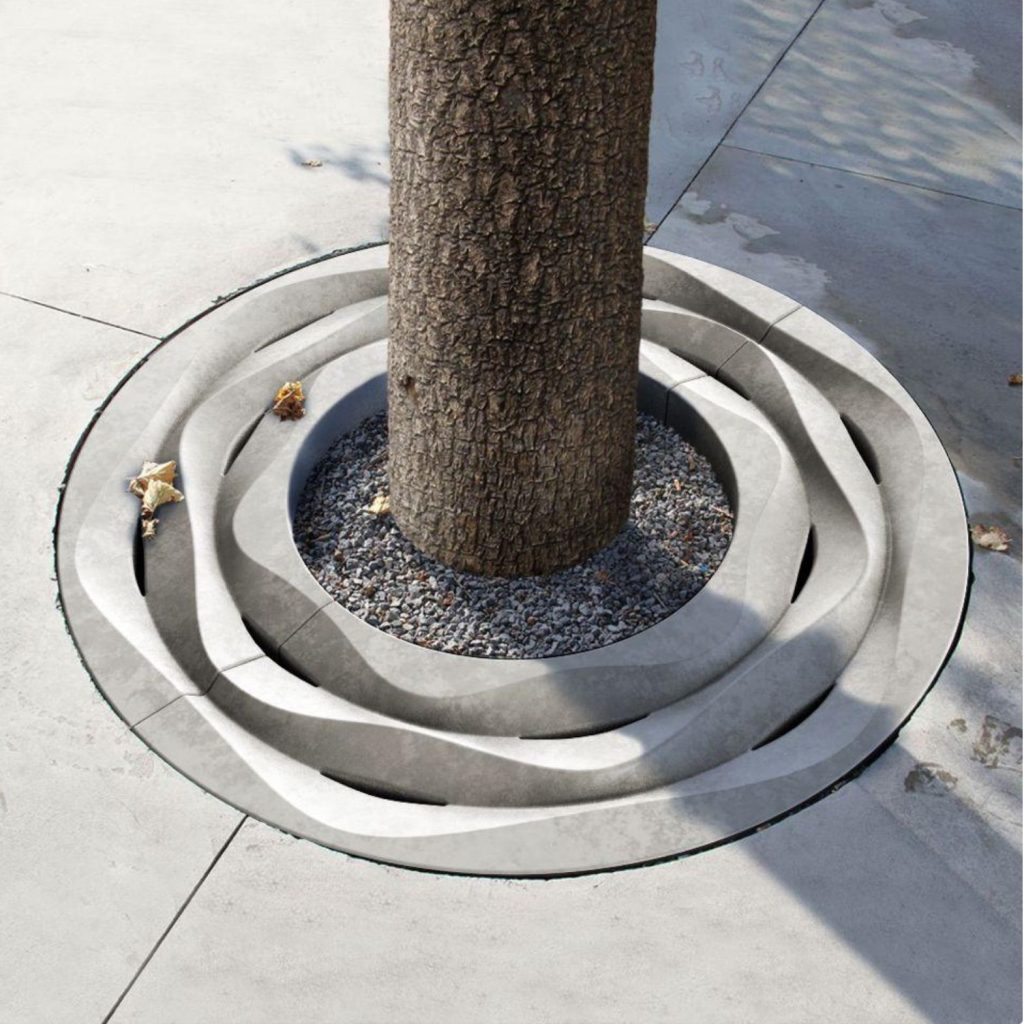
To view some configurations of urban green spaces click here
Materials and shapes of the planter
The planters can differ depending on the shape, ranging from the classic rectangular models to the round ones, up to those that integrate seats and waste baskets. These elements are often shaped according to specific needs and, if required, also customized. From the point of view of width, the planter can vary according to the need and size of the space to be designed. Once you have chosen shape and size, you can opt for one plant species rather than another, in order to ensure harmony between the parts and give added value to the context.
As for the materials, urban planters can be concrete, wood, iron and stone. The former represent the most widespread solutions, suitable for outdoor and very heavy environments, they are destined to occupy a fixed position in public spaces in our cities. The shapes can vary, more squared or rounded, chosen according to the style and spatial connotations. Often, this type is used to contain heavy plants and shrubs, thanks to its remarkable capabilities. The further advantage is represented by the high resistance to atmospheric agents and the action of UV rays.
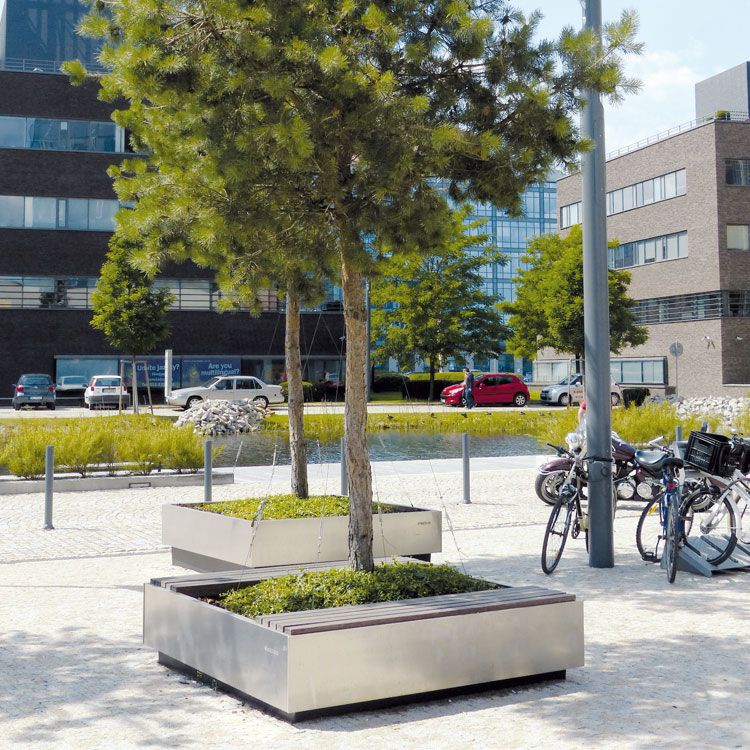
Wooden planters are less common, as they are more delicate and cost more. Usually the most used essence is rattan, a fiber also used for outdoor furniture. Resistant to the action of water, it is one of the most appreciated natural materials and is combined with plant species such as palm.
Wrought iron, steel and metal, on the other hand, are used when you need to customize the planters and give them a particular look. The vase can be made entirely of steel or only partially, in this case placed next to concrete or stone. Costs and durability over time vary according to the decorations and the type of maintenance, while unlike stone planters, these are not able to support heavy weights.
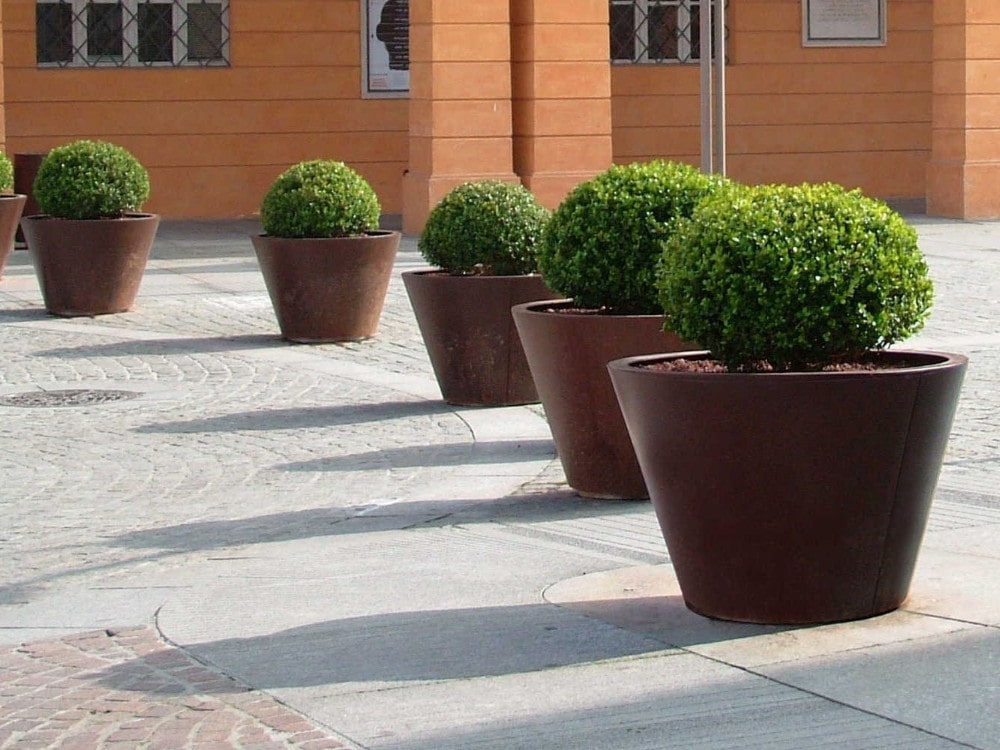
Stormwater planter box, alternative to the planter
Considered a full-fledged planter but with a different purpose, the stormwater box is nothing more than a tank that can be planted green and that contributes to the recovery of rainwater. Usually positioned close to buildings and near the vertical elements used for the outflow of water, this urban component is increasingly widespread.
It is a solution designed to be inserted on surfaces that are unable to absorb rainwater that affects the floor. For this reason, they are found in public open spaces such as squares, traffic roundabouts and pedestrian streets. The drainage system involves a stratification of materials, such as sand, gravel and soil, capable of filtering and purifying rainwater. Unlike the tanks positioned near the eaves of buildings, the stormwater boxes inserted in public open areas filter the amount of rain that falls directly into them.
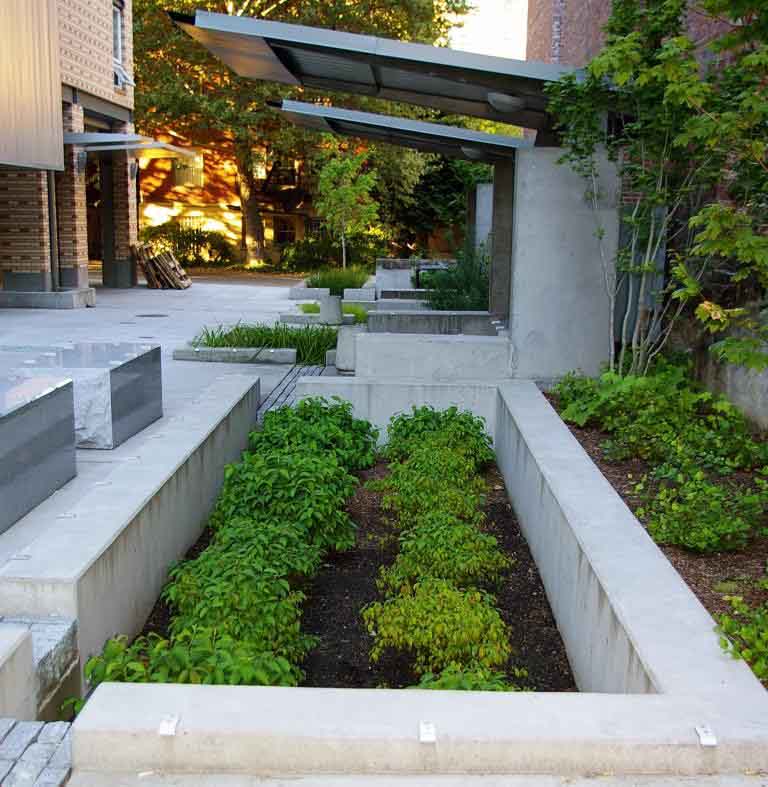
Photo: https://artfulrainwaterdesign.psu.edu/project/stephen-epler-hall-portland-state-university
In addition to making urban spaces more aesthetically pleasing, such as classic flower boxes, these particular elements for water recovery bring benefits to atmospheric quality and contribute to the increase of permeable surfaces within the urban context. For this reason, stormwater planter boxes are now considered an optimal solution from the point of view of environmental sustainability.



























































